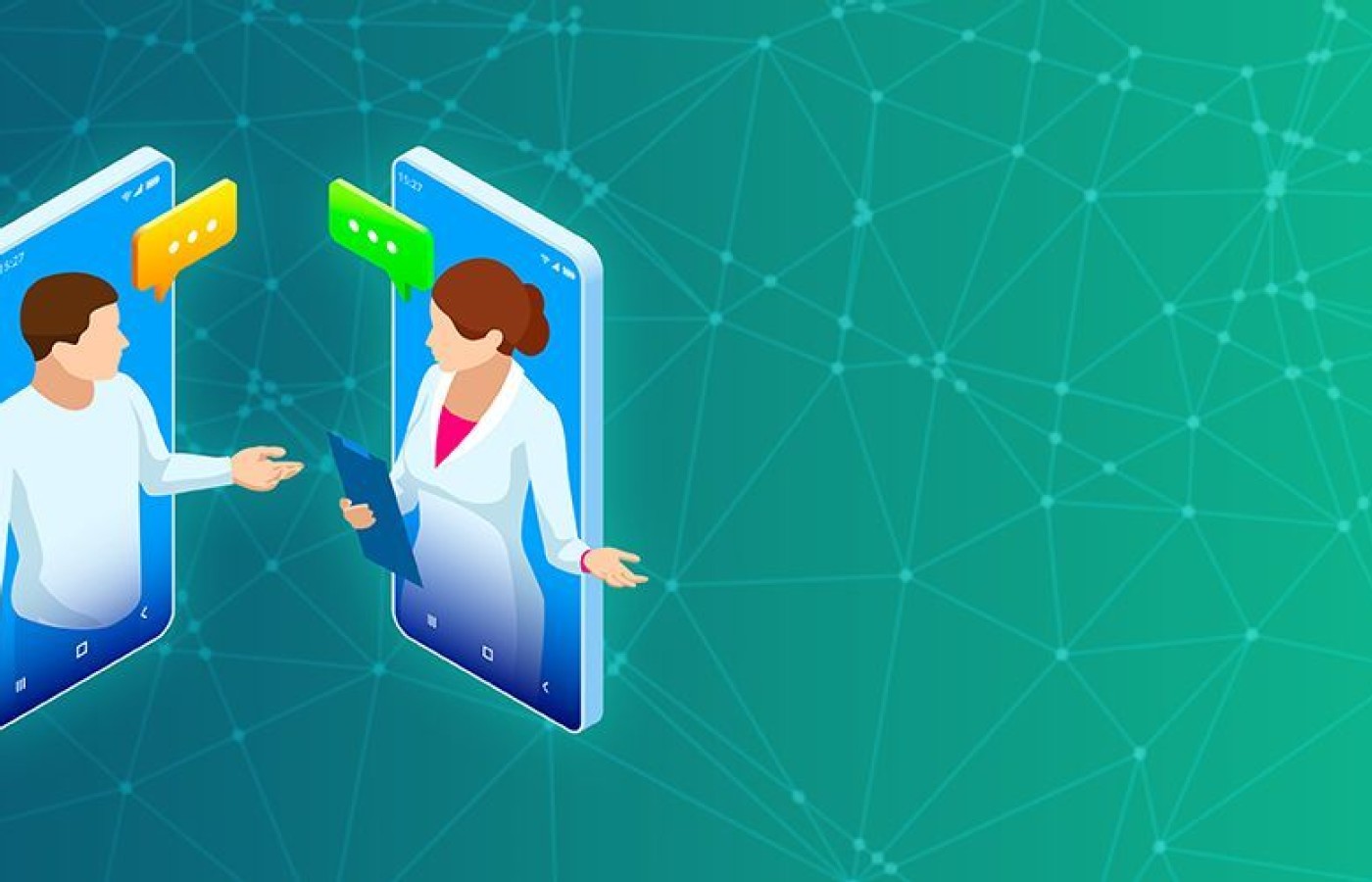New York's highest court of appeals has held that no-fault insurers cannot deny no-fault benefits where they unilaterally determine that a provider has committed misconduct based upon alleged fraudulent conduct. The Court held that this authority belongs solely to state regulators, specifically New York's Board of Regents, which oversees professional licensing and discipline. This follows a similar recent ruling in Florida reported in this publication.
Billing for Telemedicine Services
Question:I have been informed that many of my patients' plans allow a doctor of chiropractic to provide telemedicine. What codes can I use for these services?
Providers whose patients cannot make appointments due to need for isolation, quarantine or social distancing may still need your management. When done as an online evaluation or phone call, several code sets may fit this scenario. Note: Non-secure platforms, such as Skype and FaceTime, may be used even though they are not HIPAA compliant, per federal instructions regarding the COVID-19 crisis.
Evaluation and Management (E&M) 99201-99215
The most common codes billed and accepted for a virtual video visit. Many plans may prefer (require) E&M coding for virtual video visits, Here are the billing differences from an in-office, physical face-to-face visit:
- Place of Service is 02 to indicate a location where health services and health-related services are provided or received through a telecommunication system.
- Modifier 95 means: "synchronous telemedicine service rendered via a real-time interactive audio and video telecommunications system."

These visits most likely would be based on counseling as the overriding factor; therefore, the code choice would be based on time. Documentation requirements would be the same as if the patient was physically in the office.
Online Digital Evaluation and Management Services
These are patient-initiated E/M services for assessment and management. They are not intended for electronic communication of test results, scheduling of appointments or other communication that does not include E/M.
If the patient had an E/M service within the past seven days, these codes may not be used for that problem. If the inquiry is about a new problem (different from the problem addressed at the E/M service in the past seven days), these codes may be billed:
- 99421 (RVU 0.43): Online digital evaluation and management service for an established patient, for up to seven days; cumulative time during the seven days: 5-10 minutes
- 99422 (RVU 0.86): 11-20 minutes
- 99423 (RVU 1.39): 21 or more minutes
The digital service must be provided via a HIPAA-compliant platform, such as an electronic health record portal, secure email or other digital applications. Note: This requirement has been waived during the COVID-19 pandemic.
Calculating Minutes for 99421-99423: To count the time for these codes, start the seven-day clock when you first perform a personal review of the patient's question. Add in the time for the review of relevant patient records and data, interaction with clinical staff regarding the patient's problem, developing management plans (including prescriptions and test orders), and further communication with the patient by a digital means that doesn't fall under another E/M code. Include decision-making, assessment and management by those in the same group practice, too, but don't count clinical staff time.
For the medical record, the guidelines instruct you to keep permanent documentation, either electronic or hard copy.
Telephone Calls
Billing can also be done for telephone evaluation and management services provided to an established patient, parent or guardian not originating from a related E/M service provided within the previous seven days; or leading to an E/M service or procedure within the next 24 hours or soonest available appointment. Telephone calls do not require modifier 95; only the place of service, 02.
- 99441 (RVU 0.40): 5-10 minutes of medical discussion
- 99442 (RVU 0.78): 11-20 minutes of medical discussion
- 99443 (RVU 1.14): 21-30 minutes of medical discussion
Compliance Billing Requirements
Consent must be provided from the patient for a telemedicine visit: "[T]he health care provider initiating the use of telehealth shall inform the patient about the use of telehealth and obtain verbal or written consent from the patient for the use of telehealth as an acceptable mode of delivering health care services and public health. The consent shall be documented."
Patient consent may be verbal or written. While there is no specific guidance for verbal consent, I advise including the following language once consent is granted: "The patient consented to telehealth medical services being provided virtually via [xxxxxx]."
Place of service for these codes is 02 and goes in block 24b of the standard 1500 claim form. (When a patient visits your office, the place of service is 11.)
95 and GT Modifiers
You must also append modifier 95 or GT to the telemedicine service code. Modifier 95 means: "synchronous telemedicine service rendered via a real-time interactive audio and video telecommunications system." GT modifier means "via interactive audio and video telecommunications systems." As of Jan. 1, 2018, the GT modifier is only allowed on institutional claims billed under Critical Access Hospital (CAH) Method II, since institutional claims do not use a POS code.
Editor's Note: Submit billing questions to Mr. Collins at sam@hjrossnetwork.com. Your question may be the subject of a future column.



